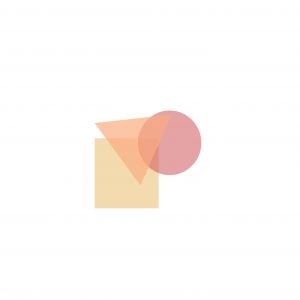Animation Workshop-
I thoroughly enjoyed the animation workshop we undertook 2nd semester with Carsten. Having never used premiere pro before this was the best place to start. Beforehand all my movie and video editing were made using iMovie and now I will never go back. Premiere Pro has advanced techniques and editing skills that iMovie does not.
Having never made a stop-motion animation film before, I found this task quite difficult. Having to take a photograph with every single movement made the filming process longer, but also made it more precise. I believe this is a great technique for short films as the frame doesn’t move too much and the characters are easily modified.
Stop-motion animation also requires large files. This meant we needed to learn how to control the photos and make sure they retain their order. We were taught a technique that I will never forget as it saves volumes of time. Adobe Bridge can import and rename thousands of photos ensuring they are in order. This makes it a lot easier for us to import onto premiere pro. Before importing to Premiere Pro, I put about 60 photos into files making sure the order stays the same (sequence box checked).
Without learning these techniques throughout class there is no way I would have been able to manage over 350 photos and keep them in order for import. The techniques taught throughout this class were basic but incredibly fundamental to my career. I believe this class will give me the foundation to start building and experimenting with my own movie making projects.
Shape of Things-
Building and shaping things with my hands is what I do within my own projects and what I want to do as part of my profession. I believe Shape of Things was an amazing tool for me to be able to experiment and design using different materials and shapes that aren’t familiar to me.
First off, this class really enabled me to think outside of the box and try to understand and relate to the materials I am using, before I use them. I never worried about the GSM of the paper or the size of the paper/ cardboard I am using. I now know how important this is to my end product and how I can manage costs and supply of the materials I need.
I have never made a 3D geometric shape out of so many materials. We used wood, wire, foam, plastic bags, light and Photoshop. This allowed me to build knowledge and experiment with different materials to ensure the best end product. I believe I would never have used most of these tools without having to experiment with them. A few materials I would use again. This class also helped me to develop time-management within myself. As a contemporary artist, recently I have been creating mobiles and wood models, but I only do this in my spare/free time. Having to source through materials and new projects and materials been thrown at us every week made me really sit down and plan out all my experiments before I executed them. This helped me with drawing plans and measurements.
I believe this class has taught me essentials tools towards my chosen profession and helped me with knowledge about the materials I am using. Shape of Things also ensured that I experiment and expand the materials I am using because shapes can be manipulated, twisted and bent and may look better made from a different substance. It has allowed me to step outside my comfort zone and not be afraid of the unknown.

























